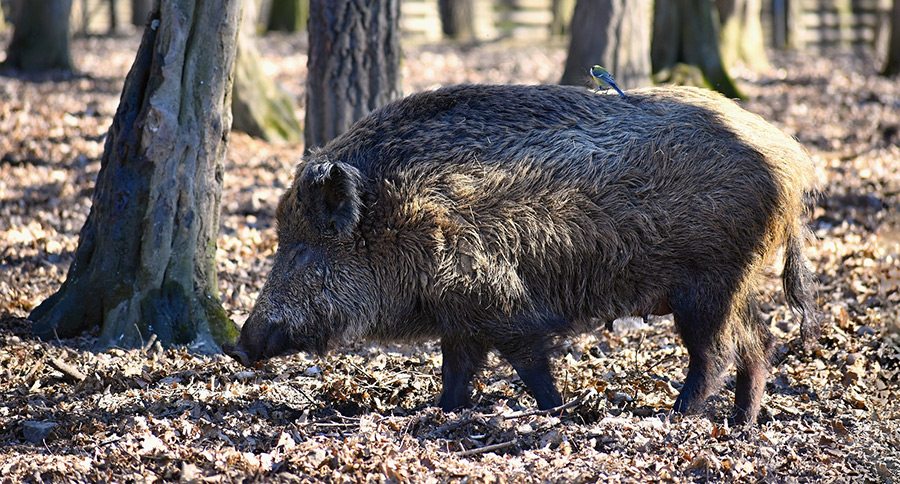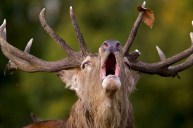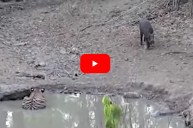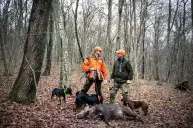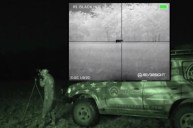Hunters in Sweden have killed several highly radioactive wild boar in recent months. Not surprisingly, these events are stoking fear among the local population.
In particular, one wild boar killed by a hunter and tested about 100 miles north of Stockholm had a radiation level of 16,000 becquerel per kilogram (Bq/kg).
This was the highest level of radiation the environmental consultancy Calluna had ever encountered in a radioactive wild boar, and is over ten times the safe limit of 1,500 Bq/kg.
The group has tested 30 wild boar this year and only six of them had safe levels of radiation. For that reason, Calluna issued a warning to hunters in the Gävle area to beware of radioactive wild boar.
Even though it's been over 30 years since the Chernobyl disaster, the massive amount of contamination Sweden received from the event is still causing problems in the country, especially with the wild boar population.
Cesium-137 is one of the radioactive isotopes that contaminated Sweden after the nuclear accident. With a half-life of approximately 30 years, there is still a significant amount of the isotope remaining in areas contaminated by the disaster, and there will likely still be dangerous levels in some areas for many decades.
Wild boars are particularly susceptible to Cesium-137 poisoning because they root around on the ground (where waste tends to accumulate) for food. Animals (like deer) that are browsers are not exposed to nearly as much Cesium-137 as wild boar.
Just like in the United States, wild boar cause a large amount of damage to crops in Sweden. For that reason, farmers really don't like them there either, and rely on hunters to help keep their numbers in check.
However, the presence of radioactive wild boar in the area complicates things further because farmers in Sweden are now worried that hunters afraid of getting exposed to radiation will stop hunting boar. If that happens, their numbers will grow even faster and result in even more damage to their crops.
Unfortunately, there don't seem to be any easy solutions to this problem, though officials in Sweden are scrambling to figure something out before things get worse.
Like what you see here? You can read more great hunting articles by John McAdams on his hunting blog. Follow him on Facebook The Big Game Hunting Blog or Twitter @TheBigGameHunt.
NEXT: HOGS DON'T STAND A CHANCE AGAINST A SUPPRESSED .50 BEOWULF
